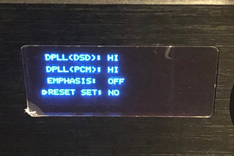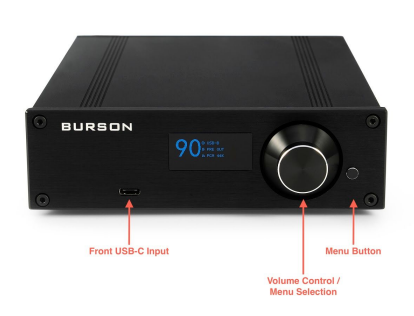General Information
Swing
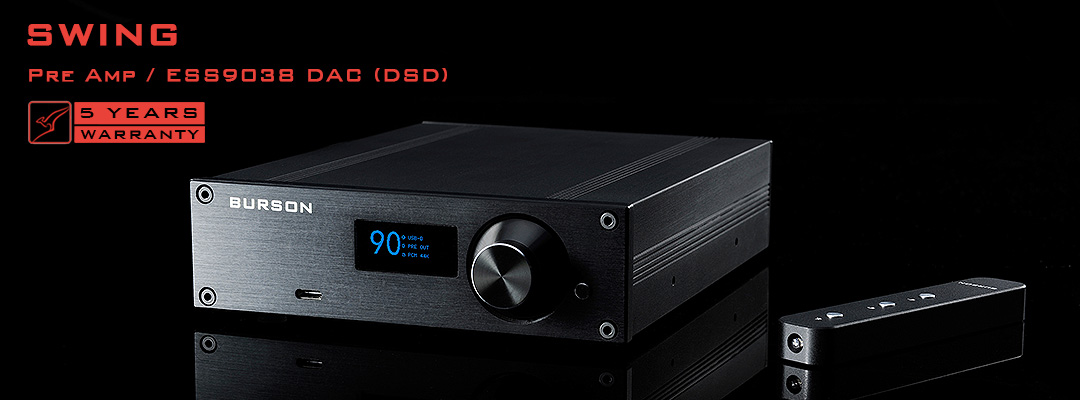
Go with a Swing
Featuring SABRE32/ESS9038, the most advanced DAC chip in the world. Together with a Xmos USB receiver, Swing does PCM 32bit/768khz and DSD512 audio files with the highest possible precision. And it plays effortlessly with MS Windows, Apply OSX, iOS and Android devices,
Apart from its top quality USB input, Swing also features a Toslink input, a coaxial input and a USB-C connector. From traditional CD transports to smartphones to gaming consoles such as the Xbox and the PlayStation, from music listening to gaming, this DAC goes with a swing!
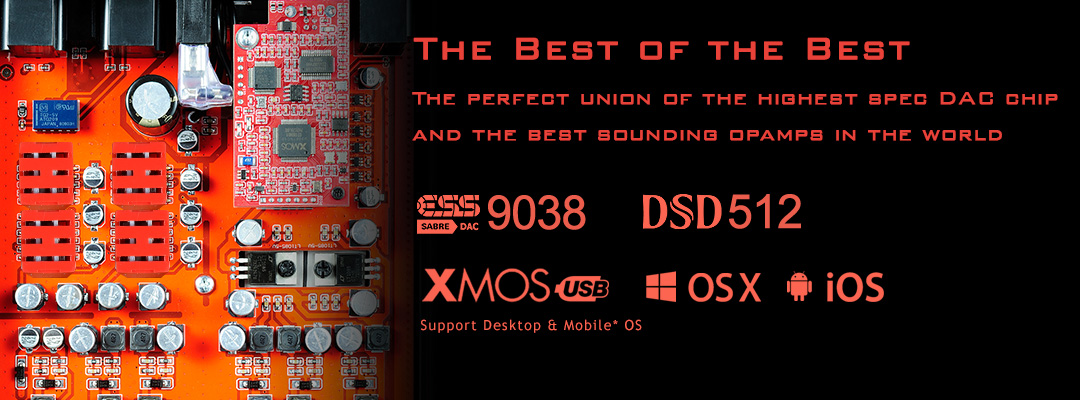
Swing your Way.
Opamp rolling is a major part of the audiophile hobby. There are countless online discussions dedicated to it. It offers the opportunity to compare and appreciate different sonic performance in your own comfort zone and it is a valuable opportunity to develop listening preference and taste.
Facilitating opamp rolling in all stages on the signal path, you can swing it your way.
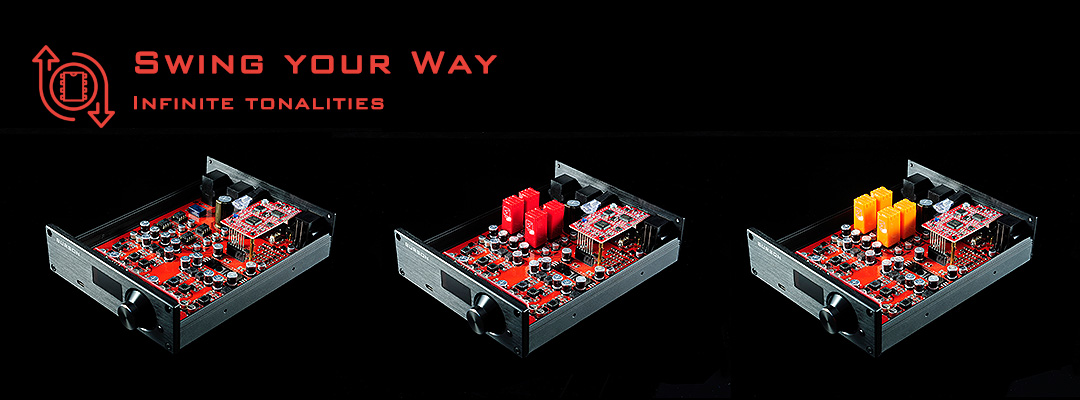
Full Swing
Our power supply revolution is in full swing!
The Burson Max Current Power Supply is the thumping heart of the this DAC. Debuted in the Burson Play, our proprietary MCPS overcomes the deficiencies of both traditional transformer-based linear power supplies and conventional switching power supplies. It redefines the size and performance ratio and it is the reason why Head-Fiers fell in love with the Play instantly.
With Swing, we have a further enhanced MCPS. It delivers even cleaner power. Tuned to Class-A, music shines from a pitch-black background.
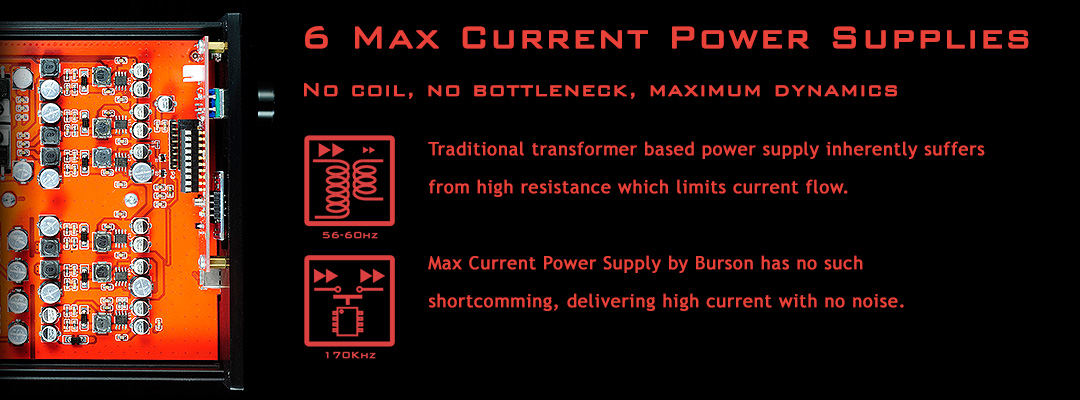
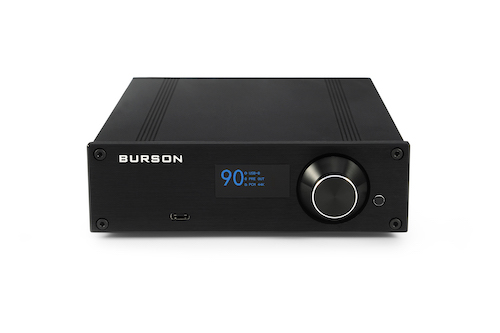
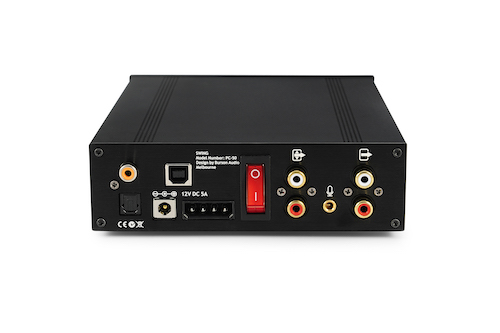
Measurement
Input impedance: 38 KOhms Burson Swing Unit PC Connection Cable Set
Frequency response: ± 1 dB 0 – 35Khz Remote Control (optional) 6.5mm to 3.5mm Socket Adaptor
THD: <0.002% RCA Cable 2.5mm hex key
Output impedance (Head Amp): <2 Ohm Power Supply 100-240V AC
Output impedance (Pre Out): 15 Ohm
General
Inputs: USB, Toslink, Coaxial Weight: app. 2Kg
Outputs: RCA Pre-Amp / RCA -DAC output Dimensions: 210mm x 145mm x 45mm
DAC Spec
XMOS USB Spec
Channel Separation: 132 dB @ 1KHz, 121 dB @ 20KHz Desktop OS: Win XP, 7, 8, 10 Mac OSX
THD+N: 0.0018% @ 1KHz, 0dBFS Mobile OS: iOS* & Android (OTG support)
PCM & DXD Support: PCM ? 768kHz up to 32bits
Native DSD: Native DSD 64 / 128 / 256 / 512
DSD over PCM: DoP64 / DoP128 / DoP256
Asynchronous Isochronous

Go with a Swing
Featuring SABRE32/ESS9038, the most advanced DAC chip in the world. Together with a Xmos USB receiver, Swing does PCM 32bit/768khz and DSD512 audio files with the highest possible precision. And it plays effortlessly with MS Windows, Apply OSX, iOS and Android devices,
Apart from its top quality USB input, Swing also features a Toslink input, a coaxial input and a USB-C connector. From traditional CD transports to smartphones to gaming consoles such as the Xbox and the PlayStation, from music listening to gaming, this DAC goes with a swing!

Swing your Way.
Opamp rolling is a major part of the audiophile hobby. There are countless online discussions dedicated to it. It offers the opportunity to compare and appreciate different sonic performance in your own comfort zone and it is a valuable opportunity to develop listening preference and taste.
Facilitating opamp rolling in all stages on the signal path, you can swing it your way.

Full Swing
Our power supply revolution is in full swing!
The Burson Max Current Power Supply is the thumping heart of the this DAC. Debuted in the Burson Play, our proprietary MCPS overcomes the deficiencies of both traditional transformer-based linear power supplies and conventional switching power supplies. It redefines the size and performance ratio and it is the reason why Head-Fiers fell in love with the Play instantly.
With Swing, we have a further enhanced MCPS. It delivers even cleaner power. Tuned to Class-A, music shines from a pitch-black background.



Measurement
Input impedance: 38 KOhms Burson Swing Unit PC Connection Cable Set
Frequency response: ± 1 dB 0 – 35Khz Remote Control (optional) 6.5mm to 3.5mm Socket Adaptor
THD: <0.002% RCA Cable 2.5mm hex key
Output impedance (Head Amp): <2 Ohm Power Supply 100-240V AC
Output impedance (Pre Out): 15 Ohm
General
Inputs: USB, Toslink, Coaxial Weight: app. 2Kg
Outputs: RCA Pre-Amp / RCA -DAC output Dimensions: 210mm x 145mm x 45mm
DAC Spec
XMOS USB Spec
Channel Separation: 132 dB @ 1KHz, 121 dB @ 20KHz Desktop OS: Win XP, 7, 8, 10 Mac OSX
THD+N: 0.0018% @ 1KHz, 0dBFS Mobile OS: iOS* & Android (OTG support)
PCM & DXD Support: PCM ? 768kHz up to 32bits
Native DSD: Native DSD 64 / 128 / 256 / 512
DSD over PCM: DoP64 / DoP128 / DoP256
Asynchronous Isochronous




